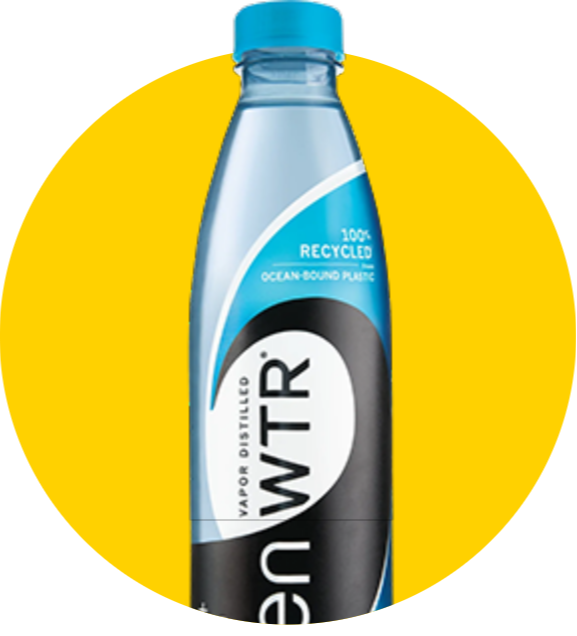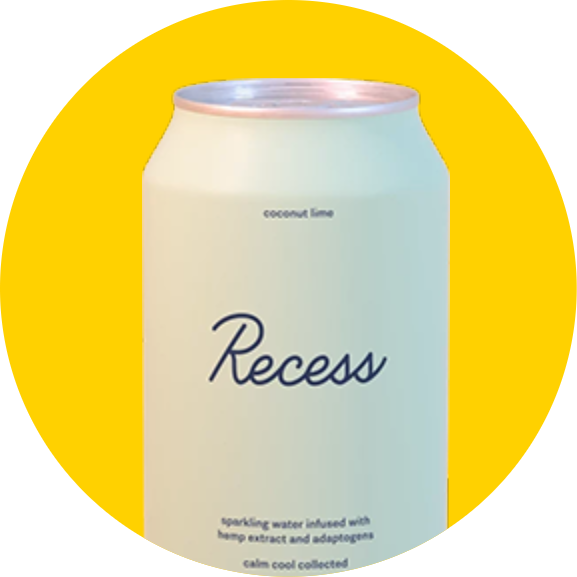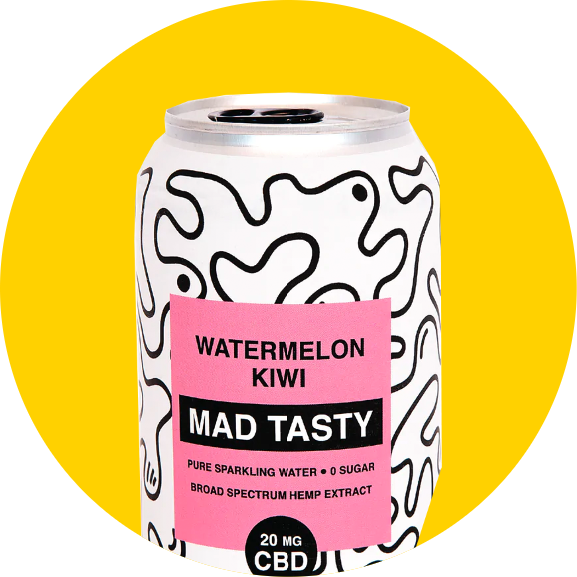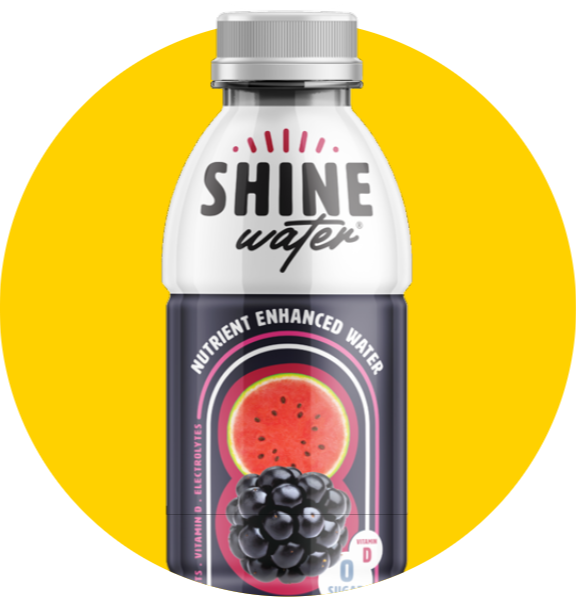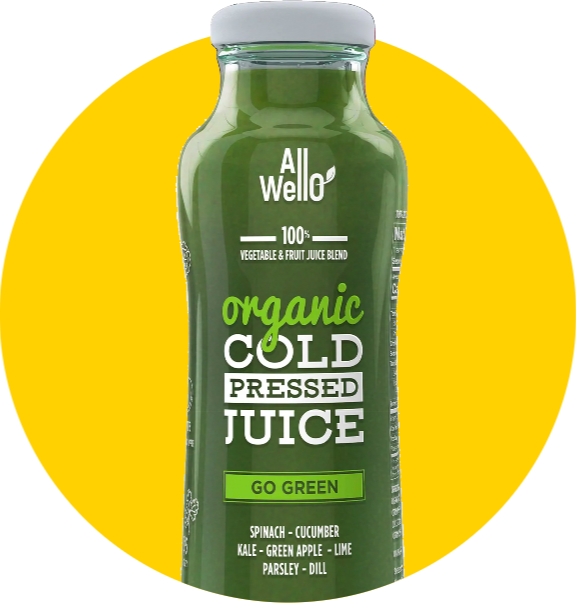CircleUp exists to help promising entrepreneurs raise capital and sophisticated investors invest in breakthrough brands with confidence and efficiency on both sides. Since we opened our doors in 2012 we’ve been challenging private equity norms by revolutionizing manual company sourcing and vetting with a technology-driven private marketplace.
The ability to standardize and extract deep insights from large data sets has long been core to CircleUp’s approach. Early last year, we introduced The Classifier, which analyzes each company that applies to CircleUp based on an average of 90,000+ data points. Today, we’re announcing Helio, our proprietary machine learning platform. Helio proactively collects billions of data points on over 1.2 million consumer and retail companies in the U.S. to analyze the relative strength of each company across key metrics. It then predicts the likelihood of breakout success. We believe this unprecedented application of data in private markets and the predictive power of our algorithms is transformational for both entrepreneurs and investors. Thanks to Helio, promising entrepreneurs have a lower barrier to entry in private capital markets. They also spend less time fundraising and more time growing their business. Investors have more choice and opportunity for better returns, with less time spent on mindless sourcing tasks, and more time working with the entrepreneurs they invest in. Finally, people everywhere will benefit from increased innovation in the products we eat, drink, wear, and put on our skin.
I’m excited to share with you what we’ve built, but first, let me explain why we built it.
Why Consumer?
Before launching CircleUp in 2012, I worked at two private equity firms that have delivered top-tier returns through multiple cycles focusing on consumer and retail companies. Both firms, like every other consumer investment firm at the time, focused exclusively on companies above $10M in revenue.
I saw companies every week that looked fantastic, but were too small and raising too little money to generate interest of most private equity firms, including mine. The carry dollars we would generate on a typical $1M investment couldn’t justify the fixed direct and opportunity cost component at the individual portfolio company level. In consumer, unlike tech, there is geographic dispersion, meaning companies are just as likely to be in Colorado or Texas as they are in California or New York. In addition, at the time, there were no reliable sources of information to find the right companies. There is no TechCrunch for CPG or Y Combinator for consumer, in part because there is also no Silicon Valley for consumer.
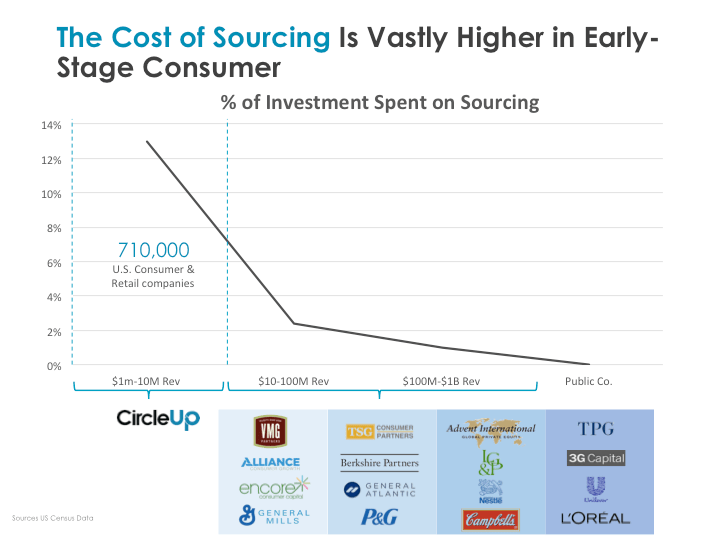
Though the consumer industry lacks efficiency in early-stage private markets, it excels in a few areas that data scientists love. First, the business models are very similar. Whether a company is selling dog food, shampoo or water, the business operates in essentially the same way. The company makes and distributes a product, retailers buy the products and sell it to people.
Second, there’s endless data on consumer product and retail companies. And, much of it is public. A quick Google search of the product in your pantry tells you how many SKUs the brand has, price points for each SKU, where they are sold, product reviews, and a great deal more. In an A16Z podcast in 2016, Marc Andreessen commented that machine learning wouldn’t be helpful for tech VC because there isn’t enough data (40:04 mark). We agree. But in the consumer industry, the opposite is true. Data is broadly available. Business models are uniform. That’s the perfect recipe for machine learning. That makes Helio possible.
Introducing Helio
Helio is our machine learning platform that proactively collects and analyzes disparate pieces of data to understand the story of each consumer small business, predict its success, and deliver insights on the entire market. Helio is based on hundreds of data sources (some public, some proprietary), billions of data points and many algorithms, with more being built. It demonstrates network effects—the predictive power grows as we add more data.
Helio empowers investors to transition away from a reliance on gut and hype, and towards data-driven evidence and deep insights. It spots under-the-radar investment opportunities and trends that otherwise go unnoticed. It can intelligently map the right opportunities to the right investors—before one even knows the other exists. We believe Helio is the foundation for a robust, technology-driven private capital market.
How We Built It
First, we identified companies. This began several years ago, starting with a list of ~50,000 companies, an initial set from the CircleUp marketplace, trade shows, retailers we trusted, and so on. From this core, we began identifying other data sources and methods for algorithmically identifying promising companies. Fast forward to today: we collect and analyze data on 1.2 million consumer product and retail companies—every day. We’re getting close to identifying all of the brands in the U.S., which is one of our key goals as we work to help more entrepreneurs thrive with capital and resources.
Second, we expanded the amount of collected data on all these companies to better understand the story of each. This entailed a comprehensive analysis of all obvious variables, such as where a product is sold, what people think of the products, and even what investors think, as well as non-obvious variables, like personnel costs, a CEO’s network and the rate of innovation in a given industry vertical. It is a blend of public and proprietary data on our very select, but massive market, giving us the unique makeup of data needed to make our algorithms so predictive. It allows us to fully understand each company relative to others in its category—for over 1.2 million brands.
Predicting The Future
Having lots of data is fine, but what creates impact is how you use it. The raw data we collect is organized into proprietary composite models for metrics that matter to investors, starting with Industry Classification, then expanding to Distribution, Product Quality, Brand, Management Team and Financial Performance. The goal is to mimic the investor’s thought process with more data and intelligence than a human ever could manually.
For Industry Classification, we identify a company’s sub-category. Our algorithm knows in an instant if a consumer product is skincare or footwear, and adjusts for different opportunities and challenges, such as competitive landscape, varying distribution channels and relative attributes. Popcorn brands are compared only to other popcorn brands, dog food to dog food, and so on.
After understanding industry classification, Helio dives deeper into five dimensions we’ve found to be most predictive of future success. Each area is analyzed strictly within its sub-category.
- Distribution – the revenue engine for consumer businesses. We measure it to assess breadth, meaning total points of distribution, as well as quality of distribution, because not all points of distribution are created equal. For example, Sephora is weighted more than Kohls.
- Product quality – the essence of brand starts with product. This model assesses differentiation and quality of a product based on its ingredients, nutritional profile, packaging & form factor and product attributes. As evidenced by recent exits and Helio data, uniqueness is necessary – but not sufficient – for an exit.
- Brand – great brands tend to carry both a strong value proposition and a perception of differentiation in the eyes of the consumer. We combine analyses of brand engagement, sentiment, the size of engagement and its rate of growth to assess brand equity.
- Management Team – a concept is only as good as the entrepreneur driving it. We assess team strength on a number of factors, including relevance of professional experience, length of work history and strength of an entrepreneur’s network.
- Financial Performance – our revenue estimator discerns the stage of a company by estimating revenue and revenue growth—all from afar, without a company ever disclosing finances. Today, this model gets within about 20% of the actual revenue, and improves each day as we collect more data. Effectively, it deciphers the stage of a company, as a $5 million brand isn’t significantly different from $4 million or $6 million.
As shown in the chart below, our Management Team, Brand and Distribution scores are all predictive of company’s future revenue growth, with Brand score being especially predictive.
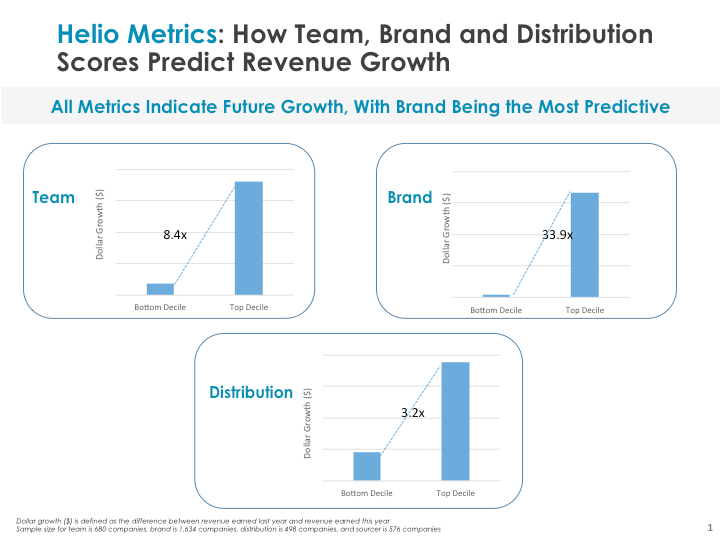
We are also working on new models to quantify fuzzy, or qualitative, concepts investors rely upon, like value proposition and visual brand identity. We believe this is the challenge of modern AI—to build models that clarify and simulate the intuitive aspects of human cognition. Our premise is that these models will give investors another level of insight into decision making and boost confidence in identifying top brands.
Helio In Action
By breaking out our analysis into these metrics, we are able to understand the universe of consumer brands, spot interesting investment opportunities, and tailor Helio’s analysis to stakeholders’ different investment theses.
Take a look at this bubble plot showing our Distribution vs. Brand models for the 90 most attractive popcorn companies, of the 430 we analyze. Each bubble represents a company. For confidentiality reasons, no names are provided here, but some of these companies are public (bubble size represents revenue estimate) and most of them are private.
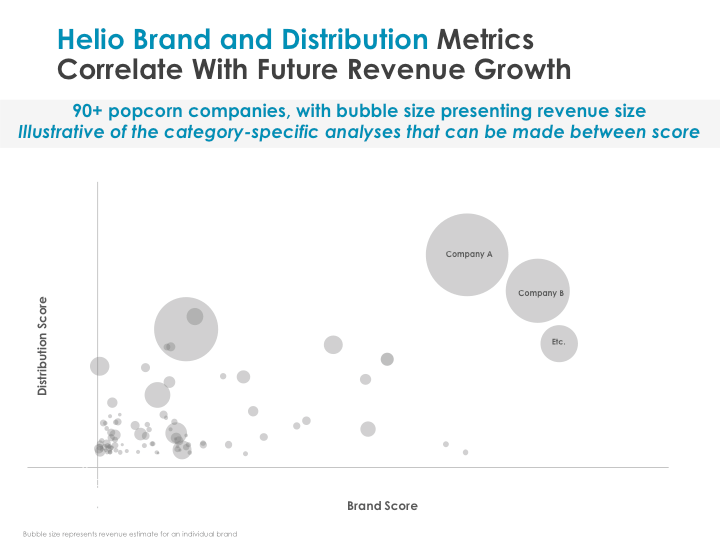
An obvious choice for some investors is to look for companies scoring highest on both the Brand and Team metrics. Or, perhaps an investor prefers the highest scoring companies across three or more models, which renders a narrower, more manageable universe of candidates. Some investors look for companies with a strong brand score, but a low distribution score, implying the right financing and distribution pipes will catapult sales. Conversely, brand agencies and marketing firms may seek potential clients indicated by high distribution, but low brand scores.
Helio provides a way to effectively match-make the consumer ecosystem at scale. In a massive industry with messy, opaque and unstructured data, Helio makes brands visible on an intelligent map, to the advantage of entrepreneurs and all other industry participants seeking insight. Note: We do this all without breaking NDAs or disclosing confidentially shared information with other companies or investors without the company’s approval. Most of the information and insight is generated from algorithms independent of the data shared by companies).
It is already changing capital formation for small businesses, and sourcing for investors, in exciting ways. Let’s take a look at a few examples:
- Supergoop! is a sunscreen brand available nationally throughout Sephora, that Helio surfaced due to its quickly growing brand, great distribution and estimated revenue growth. We presented Supergoop! to institutional investors, and shortly after, they raised $3.25 million.
- REBBL is a line of coconut-milk based beverages made with super herbs known to reduce stress. Aside from being one of the fastest growing products in its category, REBBL donates 2.5% of net sales to initiatives helping eradicate human trafficking. Helio spotted REBBL early and qualified it for investors, showing its compelling brand, team and distribution metrics. Today, REBBL’s lead investors include Powerplant Ventures, led by the ZICO coconut water founder, and Boulder Investment Group Reprise.
- nutpods plays in the crowded plant-based, dairy alternative category. Helio spotted nutpods for its remarkable product reviews, strong early growth and overall brand, despite it having less than $50,000 in annual sales at the time. After, nutpods got investments from Stray Dog Capital and Melissa Hartwig, founder and CEO of Whole 30, and today is rated #1 on Amazon in its category.
- Tio Gazpacho is a quickly growing brand in the relatively new category of bottled soups, or more broadly, drinkable meals. Tio Gazpacho was founded in Florida, a place without a robust VC community, but Helio still spotted it, and surfaced it to General Mills, which now is its lead investor.
Helio is currently monitoring over a million brands across natural foods, personal care, beverage, home goods and apparel, and can help find who might be the next Krave Jerky, Seventh Generation or Too Faced. We are talking to likely candidates right now, and not just in the categories above, in all categories we see as promising growth areas in the consumer market.
The Future We Believe In
We believe investing in private consumer companies is a fundamental data problem. With enough data, time and network effects, machines provide an edge. Consumer, a massive market with hundreds of thousands of U.S. companies doing $1-$10 million, all producing an abundance of data, is the right industry to pioneer this approach to private markets.
CircleUp has always taken the view that the entrepreneurs with the best ideas, products and team should win…not the one with the best personal connections. Helio brings us a big step closer towards that ambition.
As always, we’re interested in what you think. Drop us a note: data@circleup.com.
Disclosure: Predictions and estimates made by Helio’s algorithms and data is no guarantee of investment performance or returns. References to revenue growth is not investment performance. Helio evaluates companies, not specific investment offerings.
Zen Water
A water brand with an estimated revenue of $10-$20M (a +407% YoY increase)
Recess
A carbonated drink brand with an estimated revenue of $10-$20M (a +104% YoY increase)
Mad Tasty
A water brand with an estimated revenue of $1-$5M
Shine Water
A water brand that is in 3,000 retail doors (a +329% YoY increase)
All Wello
A juice brand with an estimated revenue of $1-$5M (a +89% YoY increase)
By understanding how these trends will impact the CPG landscape, you can position your business for success.
To learn more about Helio or get in touch, visit heliodata.com.


